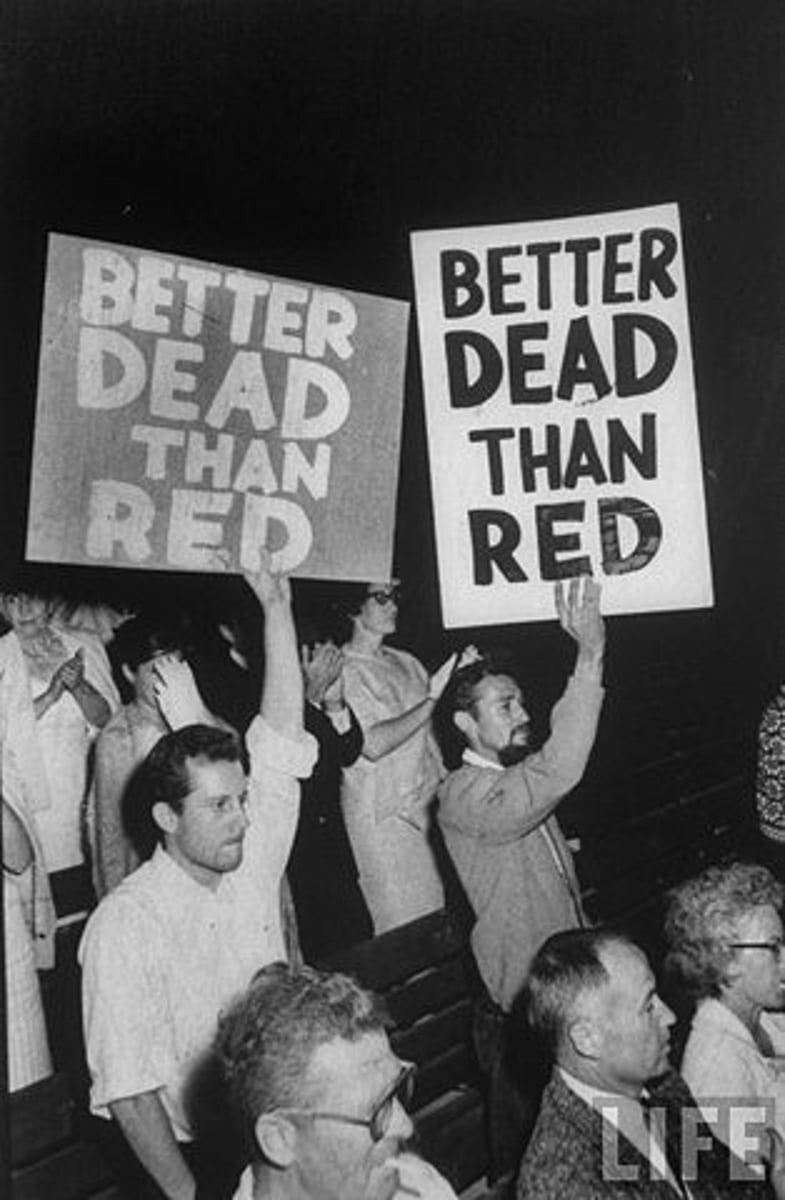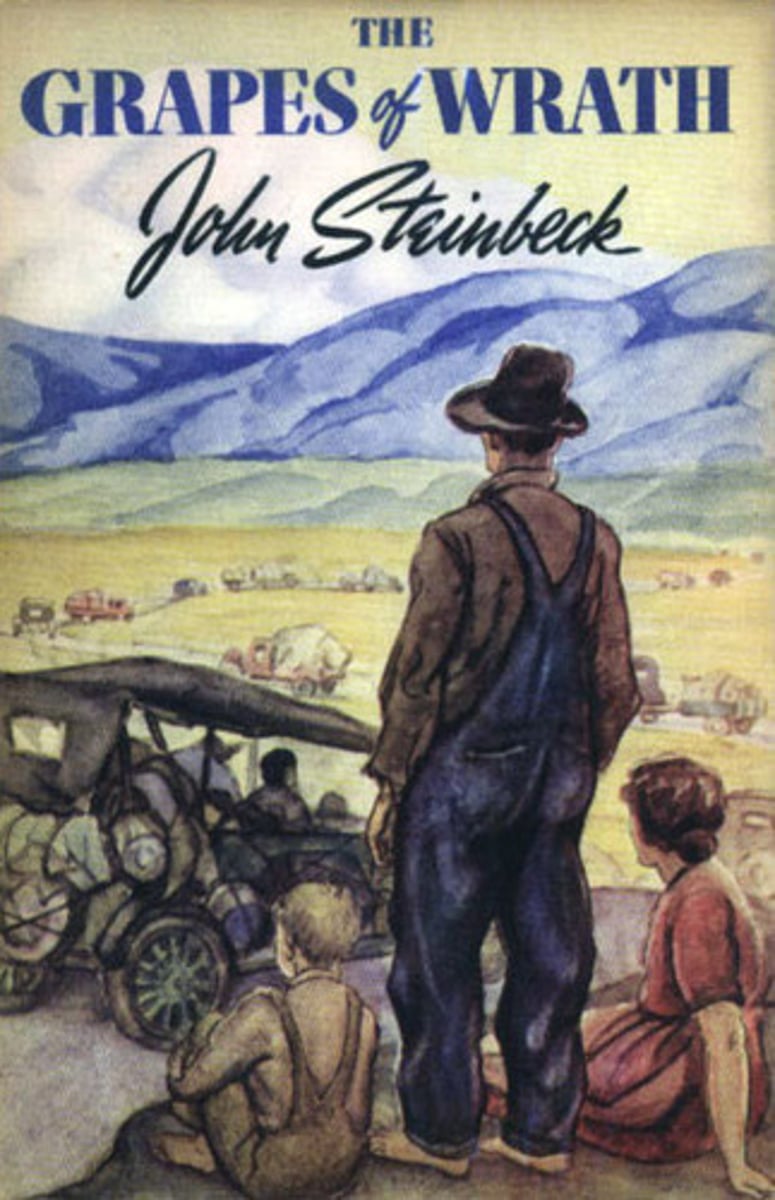Ch. 10-11 Gateway Book
1/26
There's no tags or description
Looks like no tags are added yet.
Name | Mastery | Learn | Test | Matching | Spaced |
|---|
No study sessions yet.
27 Terms
increasing isolationism
what did the rejection of the League of Nations, the higher tariffs imposed by the Fordney-McCumber Act, and the Emergency Quota Act all point to during the early 1920s?
the effects of demobilization
the graph below provides information on the percentage of unemployed workers from 1914 to 1921.
Red Scare
which event do these newspapers describe?

Dangerous communists and anarchists should be sent out of the country.
the political cartoon below depicts Uncle Sam in 1920.
What is the main idea of the cartoon?
the right to vote.
women had many new experiences as a result of World War I, including working at new jobs, wearing fashions and acting more independently.
What other new change came to women just after WWI?
The U.S. government purchased the agricultural surplus from farmers.
the graph below provides information about the value of U.S. agricultural goods sold overseas.
What was one impact of the changes shown in the graph?
minorities and railroad workers.
which groups did not generally participate in the prosperity of the 1920s?
The migration of African Americans and returning African_American veterans had created greater competition for jobs and housing.
Why was there racial unrest in Northern cities after World War I?
led to a wave of strikes across the country.
The diagram below provides details about U.S. domestic policies in the 1920s.
Which phrase best completes the diagram?
promoted anti-immigrant, anti-African-American, anti-Catholic, and anti-Jewish sentiments.
which best describes the activities of the KKK during the 1920s?
They were attempts at promoting world peace without the League of Nations.
What did the Washington Naval Conferencce, the Nine-Power Treaty, and the Kellogg-Briand Pact have in common?
Frustration with continuing inequality led to African Americans to fight discrimination in different ways.
What do the philosophies of these three African-American leaders suggest?
to demonstrate that African Americans could produce great works of literature and art.
What did African-American writers, artists, and musicians hope to achieve during the Harlem Renaissance?
the continuing prevalence of racism in inland Southern towns.
which problem was demonstrated by events at Rosewood in 1923?
Overproduction of Goods
the diagram below provides details about the Great Depression.
Which phrase completes the diagram?
Mass production was not equally matched by consumption.
Which statement best describes the American economy in the late 1920s?
He offered limited federal assistance directed primarily to businesses and banks.
On May 1, 1930, President Herbert Hoover addressed the annual dinner of the United States Chamber of Commerce.
Based on these beliefs, what actions did President Hoover take in response to the Great Depression.
Roosevelt proposed that the federal government provide direct employment to the needy while Hoover relied more on local government and private charities.
How did the plans of President Herbert Hoover and Franklin D. Roosevelt compare for dealing with the Great Depression?
He planned o increase its size ad power to deal with the Depression.
The excerpt below is from President Franklin D. Roosevelt's First Inaugural Address in 1933.
Based on this excerpt, what could be inferred about the direction that Roosevelt planned to take the executive branch of the federal government?
The Civilian Conservation Corps
The plaque on the left was displayed in 2010
It took the Great Depression and the New Deal to create the Florida State Park System. One of the New Deal's work programs was responsible for:
-constructing facilities in all eight original state parks
-constructing dams for flood control, reforestation,and landscaping
-evaluating sediment from coverns and establishing tourists routes for visitors
-fighting wild fires and creating wild fire breaks
Which new deal program was responsible for these accomplishments?
migration of many to California and other states
What was one effect of the dust storms across the Great Plains in the 1930s?
Americans came to expect the federal government to help them solve their economic problems.
How did popular attitudes towards the federal government shift during the Great Depression?
Congress handed Roosevelt his first major defeat by upholding the separation of powers.
The political cartoon on the left depicts President Franklin Roosevelt in 1937.
Based on the cartoon, what was the reaction to President Roosevelt's "court-packing" plan?
the Tennessee Valley Authority (TVA)
Which New Deal agency constructed a series of dams that produced hydroelectricity?
state ownership of basic industries such as steelworks and railroads.
Which of these was NOT a long-term result of the New Deal?
Despite Roosevelt's New Deal policies, the unemployment rate remained high throughout the 1930s.
The graph below shows the unemployment rate in the United states between 1930 and 1945.
Based on the graph, what conclusion can be made about government policies in the 1930s?
Both were artistic responses to the hardships of the Depression.
The books below, and movies based on them, both first appeared in 1939.
How were these two works similar?
(and the wizard of oz)
